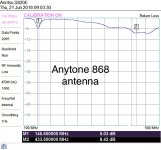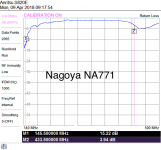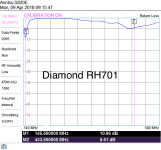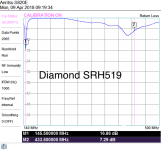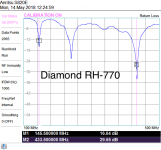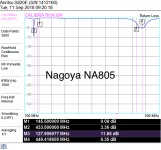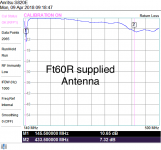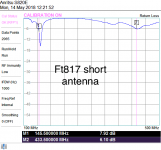Afternoon Elmers, hoping you can set me straight on HT antennas.
I have always been under the impression that HT antennas, especially the rubber ducks, are crap and the radios themselves are actually designed to be able to handle the fact that they Tx with crap stock antennas. Obviously, an original Kenwood rubber duck is likely going to be better than an original BaoFeng antenna, but both would likely have high SWR and little to no gain. I have also understood the low power of the HT, generally 2 to 5 watts, enables them to handle a garbage antenna better than would something pushing 25/50/100 etc. watts.
If this is correct, why do so many experience hams freak out over aftermarket HT antenna SWR? It seems most would be better than the stock rubber duck; if not superior than, at least equal to rub duck performance and SWR.
Case in point, I have a friend who has a cheap $23 ham radio w/stock rubber duck, that he has been using almost nonstop for 4+ years on 2m, MURS, 220, 70cm, GMRS (yes, yes, I know, but that’s between him and the FCC). The point is his radio has not been ruined by high SWR and on field days everyone comments on how clean/clear/bar his little HT transmits.
Help me out, which is it, or is as usually the case, is it a combination of both? Thanks in advance.
73
I have always been under the impression that HT antennas, especially the rubber ducks, are crap and the radios themselves are actually designed to be able to handle the fact that they Tx with crap stock antennas. Obviously, an original Kenwood rubber duck is likely going to be better than an original BaoFeng antenna, but both would likely have high SWR and little to no gain. I have also understood the low power of the HT, generally 2 to 5 watts, enables them to handle a garbage antenna better than would something pushing 25/50/100 etc. watts.
If this is correct, why do so many experience hams freak out over aftermarket HT antenna SWR? It seems most would be better than the stock rubber duck; if not superior than, at least equal to rub duck performance and SWR.
Case in point, I have a friend who has a cheap $23 ham radio w/stock rubber duck, that he has been using almost nonstop for 4+ years on 2m, MURS, 220, 70cm, GMRS (yes, yes, I know, but that’s between him and the FCC). The point is his radio has not been ruined by high SWR and on field days everyone comments on how clean/clear/bar his little HT transmits.
Help me out, which is it, or is as usually the case, is it a combination of both? Thanks in advance.
73


